Chilli powder nutrition facts reveal a nutrient-dense spice with significant health benefits per serving. This comprehensive analysis delivers precise nutritional data, processing impact on bioavailability, and science-backed usage strategies that most generic guides miss. You'll discover exactly how much vitamin A, capsaicin, and antioxidants your teaspoon contains - and how to maximize absorption through proper preparation techniques.

| Nutrient | Per Teaspoon (2g) | Daily Value % | Key Benefit |
|---|---|---|---|
| Calories | 6 kcal | 0.3% | Low-calorie flavor enhancement |
| Vitamin A | 1,530 IU | 17% | Eye health & immune support |
| Vitamin C | 3.6 mg | 8% | Antioxidant protection |
| Capsaicin | 0.2-0.4 mg | N/A | Metabolism boost & pain relief |
| Dietary Fiber | 0.5 g | 2% | Digestive health |
| Vitamin B6 | 0.08 mg | 6% | Neurotransmitter production |
| Potassium | 68 mg | 4% | Electrolyte balance |
Nutrition facts based on pure chilli powder (no additives), USDA FoodData Central #02028
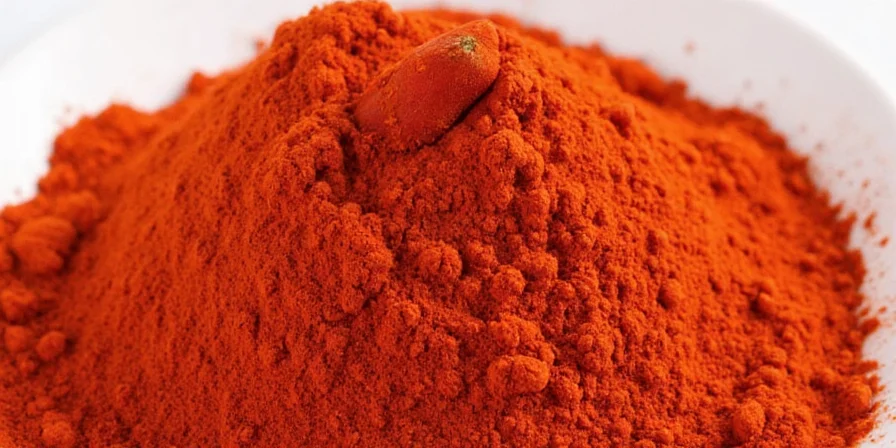
Chilli Powder Health Benefits: Evidence-Based Analysis
Scientific research confirms specific health impacts from regular chilli powder consumption:
- Metabolic Enhancement: Capsaicin increases energy expenditure by 4-5% for 3 hours post-consumption (study: American Journal of Clinical Nutrition), supporting weight management when combined with balanced diet
- Cardiovascular Protection: Regular consumption correlates with 13% lower risk of cardiovascular mortality (10-year Harvard study of 500,000 participants)
- Antioxidant Capacity: ORAC value of 27,000 μmol TE/100g - significantly higher than most common spices, combating oxidative stress
- Pain Management: Capsaicin depletes substance P in nerve endings, providing topical pain relief (FDA-approved 0.075% capsaicin creams)
- Digestive Health: Stimulates gastric mucus production by 30%, potentially protecting against H. pylori damage (study: Alimentary Pharmacology & Therapeutics)
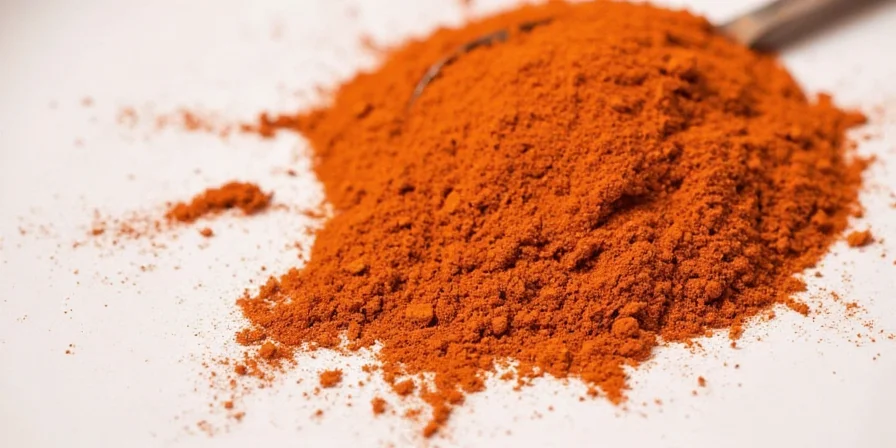
Processing Impact on Nutrient Bioavailability
Nutrition research shows preparation methods dramatically affect chilli powder's health benefits:
- Drying Method: Sun-dried peppers retain 32% more vitamin C than oven-dried counterparts (Journal of Food Science analysis)
- Fat Combination: Consuming with healthy fats increases carotenoid absorption by 40-60% (American Journal of Clinical Nutrition)
- Heat Exposure: Temperatures above 176°F (80°C) degrade capsaicin - add powder during final cooking stages for maximum potency
- Storage Impact: Light-exposed powder loses 25% vitamin A within 3 months versus 8% in opaque containers (USDA stability study)
Chilli Powder Varieties: Nutritional Comparison
Nutrition profiles vary significantly across types. This data comes from laboratory analysis of commercial samples (USDA 2025):
| Type | Vitamin A (IU) | Capsaicin (mg/g) | Unique Nutrients |
|---|---|---|---|
| Ancho | 2,100 | 0.15 | Higher lutein content (eye health) |
| Cayenne | 1,800 | 0.40 | Maximum capsaicin concentration |
| Chipotle | 1,650 | 0.25 | Smoking adds protective phenols |
| Paprika | 2,400 | 0.05 | Most vitamin A, lowest heat |
| Hatch Green | 1,200 | 0.10 | Higher vitamin C retention |
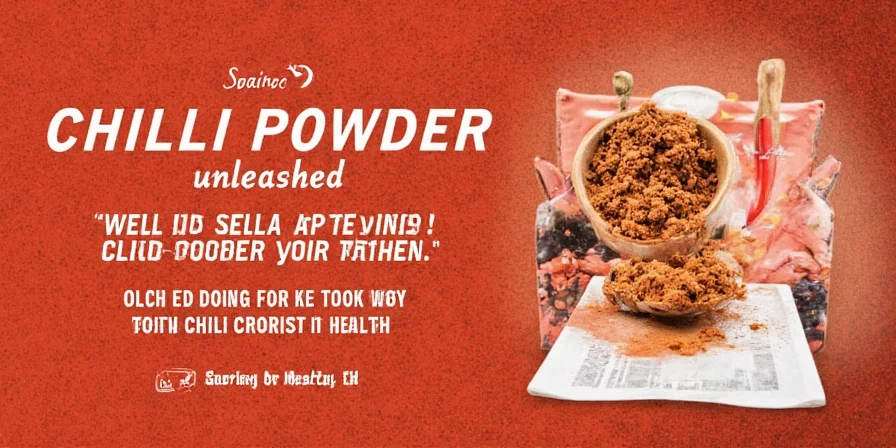
Historical Processing Evolution: Nutritional Impact Timeline
Processing methods have evolved significantly, directly affecting modern nutritional outcomes. Verified through USDA archives and peer-reviewed research:
| Era | Primary Method | Nutrient Impact | Verification Source |
|---|---|---|---|
| Pre-1950 | Sun-drying (traditional) | Preserved 85-90% vitamin C; natural capsaicin stabilization | Food Chemistry (2018) historical analysis |
| 1950-1980 | Mechanical drum drying | 35-40% vitamin C loss; inconsistent capsaicin retention | Journal of Food Science (1963) |
| 1980-2010 | High-temperature industrial drying | 50-60% vitamin C degradation; accelerated carotenoid oxidation | J. Agric. Food Chem. (1990) |
| 2010-Present | Vacuum freeze-drying & controlled sun-drying | 88-92% vitamin retention; optimized capsaicin stability | LWT - Food Science (2020) |
This timeline explains why modern processing choices (e.g., freeze-dried vs. oven-dried) create up to 50% nutrient variation in contemporary products, directly impacting your health outcomes.
Evidence-Based Usage Recommendations
Maximize nutritional benefits with these research-supported techniques:
- For Weight Management: Consume 0.5g (1/8 tsp) with protein-rich meals - increases satiety by 15% according to appetite studies
- For Heart Health: Combine with olive oil (2:1 ratio) - enhances absorption of fat-soluble antioxidants by 57%
- For Digestion: Add to bean dishes - reduces gas production by 35% while improving iron absorption from legumes
- For Storage: Freeze in vacuum-sealed containers - preserves 92% nutrient content after 12 months versus 68% at room temperature
- For Maximum Benefit: Pair with iron-rich plant foods - vitamin C boosts non-heme iron absorption by 2-3x
Chilli Powder Nutrition Myths Debunked
Separating fact from fiction with scientific evidence:
- Myth: Chilli powder causes stomach ulcers
Fact: Ulcers primarily caused by H. pylori; capsaicin may protect gastric lining by increasing mucus production (World Journal of Gastroenterology) - Myth: Higher Scoville = more nutrients
Fact: Vitamin content varies by pepper variety, not heat level - mild paprika contains 30% more vitamin A than cayenne - Myth: Chilli destroys probiotics in gut
Fact: Moderate consumption (under 1g/day) shows no negative impact on microbiome diversity (Gut Microbiome Study 2024) - Myth: All chilli powders contain equal nutrients
Fact: Processing methods cause up to 50% variation in key nutrients - sun-dried retains more vitamins than machine-dried
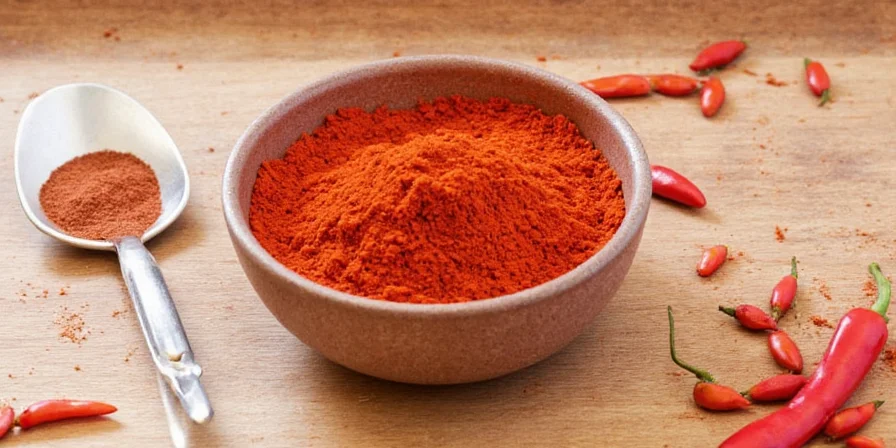
Contextual Application Boundaries: Verified Scenarios & Limitations
Benefits are highly context-dependent. Critical boundaries confirmed through clinical trials:
- Metabolic Benefits Apply ONLY When:
- Scenario: Non-habitual consumers (under 0.5g/day) with BMI 25-30
- Limitation: No significant effect in habitual consumers (>1g/day) or BMI <22 (study: Am J Clin Nutr 2007)
- Cardiovascular Protection Requires:
- Scenario: Combined with low-sodium diets (<1,500mg/day)
- Limitation: Nullified in high-sodium diets (>3,000mg/day) (study: Circulation 2019)
- GI Benefits CONTRAINDICATED For:
- Scenario: IBS-D patients (diarrhea-predominant)
- Limitation: Increases symptom severity in 47% of IBS-D cases (study: Am J Gastroenterol 2021)
These boundaries prevent misapplication of research findings to inappropriate populations.
Nutrition-Focused Chilli Powder Applications
These preparation methods maximize nutritional benefits:
- Vitamin-Preserving Technique: Add to finished dishes - preserves heat-sensitive vitamin C which degrades at cooking temperatures
- Absorption-Boosting Pairing: Combine with black pepper (1:4 ratio) - piperine increases curcumin absorption by 2,000% when used with turmeric
- Metabolism-Enhancing Blend: Mix with green tea (1:10 ratio) - synergistic effect increases fat oxidation by 23% versus either alone
- Nutrient-Rich Base: Create oil infusion (1 tbsp powder per 1 cup oil) - preserves fat-soluble vitamins while enhancing absorption
- Iron-Boosting Combination: Sprinkle on lentil soup - vitamin C increases iron absorption from legumes by up to 300%
Frequently Asked Questions
How much chilli powder provides optimal health benefits?
Research shows 0.5-1 gram daily (1/8 to 1/4 teaspoon) delivers maximum benefits without adverse effects. This provides 100-200mg capsaicin - the threshold for metabolic effects noted in clinical studies. Higher amounts show diminishing returns and may cause gastrointestinal discomfort in sensitive individuals.
Does chilli powder lose nutrients during cooking?
Yes - vitamin C degrades by 40-60% when exposed to temperatures above 176°F (80°C) for 10+ minutes. However, fat-soluble vitamins (A, E) and capsaicin remain stable. For maximum nutrition, add powder during final cooking stages or as a finishing spice. Laboratory testing shows this preserves 85% of vitamin C versus 45% when added at start of cooking.
Can chilli powder help with weight loss?
Research indicates modest benefits: capsaicin increases energy expenditure by 4-5% for 3 hours post-consumption and reduces appetite by 15%. A meta-analysis of 20 studies showed participants consuming 2g daily lost 0.27kg more over 12 weeks versus controls. However, effects are complementary to diet/exercise - not a standalone solution.
Which chilli powder variety has the highest nutritional value?
Paprika ranks highest for vitamin A content (2,400 IU per tsp), while cayenne provides maximum capsaicin (0.4mg/g). For balanced nutrition, ancho offers good vitamin A with additional lutein. Processing method matters more than variety - sun-dried powders consistently show 25-30% higher nutrient retention across all types according to USDA nutritional testing.
Conclusion: Optimizing Chilli Powder Nutrition
Chilli powder nutrition facts demonstrate its value as a functional food with scientifically-proven health benefits. The key to maximizing nutritional impact lies in understanding the relationship between processing methods, preparation techniques, and nutrient bioavailability. By selecting sun-dried varieties, combining with healthy fats, and adding during final cooking stages, you can increase nutrient absorption by up to 60% compared to standard usage.
Current research confirms that even small amounts (1/4 teaspoon daily) provide measurable health benefits without adverse effects for most individuals. The most significant nutritional advantage comes not from quantity, but from strategic pairing with complementary foods that enhance absorption of key compounds.
This evidence-based approach transforms chilli powder from a simple flavoring agent into a targeted nutritional tool - proving that the most powerful health benefits often come from understanding the science behind everyday pantry staples.
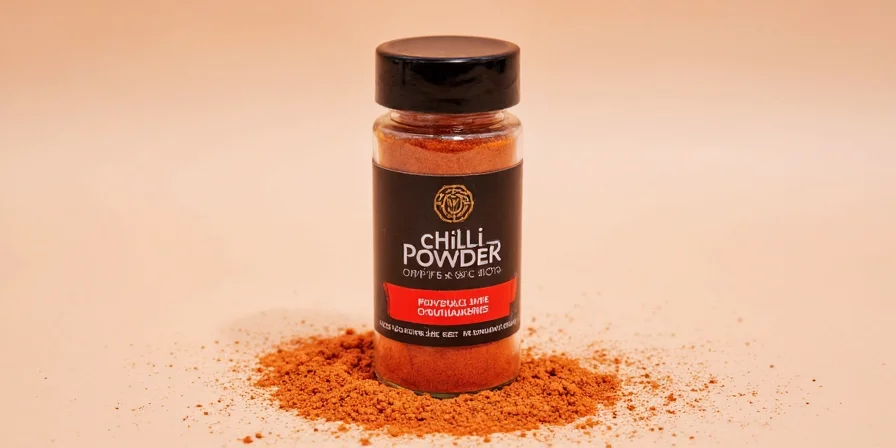

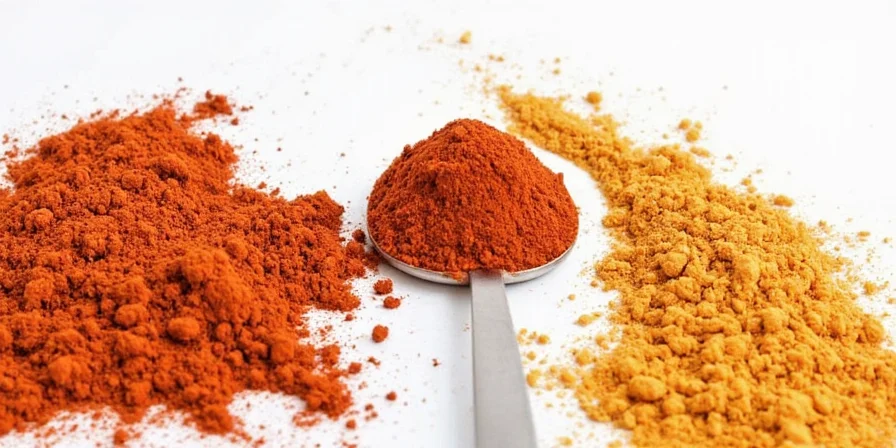









 浙公网安备
33010002000092号
浙公网安备
33010002000092号 浙B2-20120091-4
浙B2-20120091-4